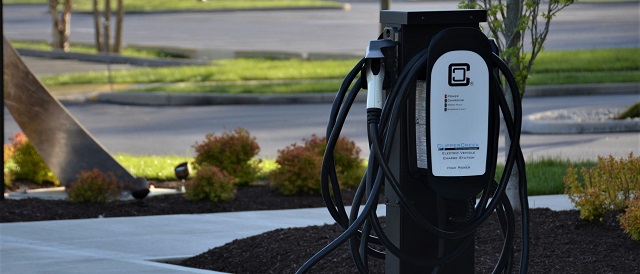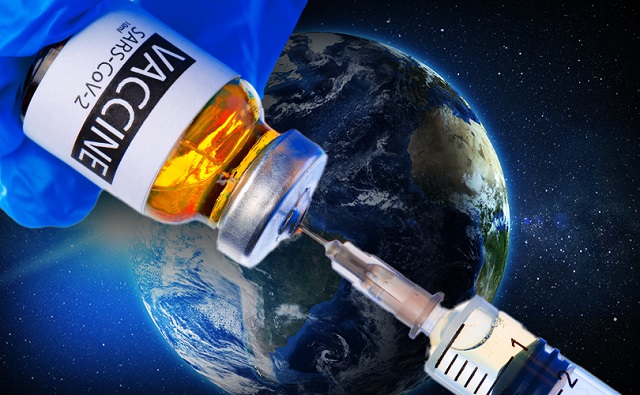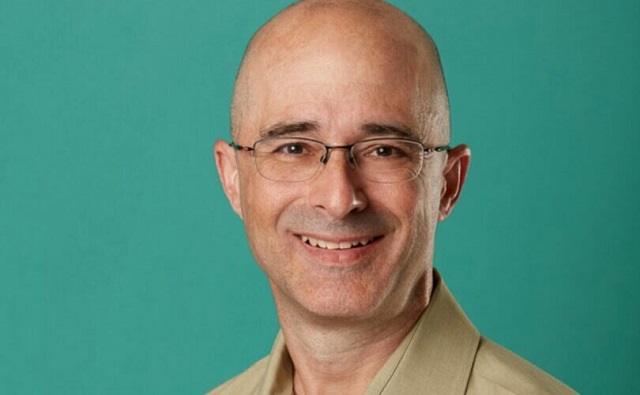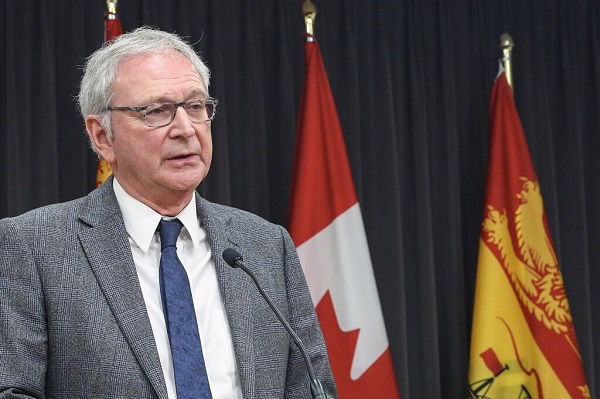Uncategorized
Court mood is jovial as Kavanaugh takes his place on bench

WASHINGTON — Brett Kavanaugh took the bench with his new Supreme Court colleagues for the first time Tuesday in a jovial atmosphere that was strikingly at odds with the tension and
The new justice dived into his new job, asking a handful of questions in the first arguments of the day following a traditional welcome from Chief Justice John Roberts, who wished Kavanaugh “a long and happy career in our common calling.”
Kavanaugh took his seat at the end of bench to Roberts’ far left just after 10 a.m., a visible manifestation of a moment that Republicans have dreamed of for decades, with five solidly conservative justices on the court, and Democrats have dreaded.
His path to confirmation was turbulent — opposition to him intensified after Christine Blasey Ford accused him of sexually assaulting her, allegations Kavanaugh denied.
In court, Kavanaugh asked questions of both sides in arguments over increased prison sentences for repeat offenders. He jumped in with his first question after most of the other justices had spoken.
Questions from Kavanaugh and Justice Neil Gorsuch, President Donald Trump’s two high court picks, suggested they could vote against the Trump administration and side with a criminal defendant from Florida who is fighting an increase in his sentence from just over six years to possibly more than 15 years.
There were no disruptions in the courtroom and the justices laughed at each other’s jokes. Justice Sonia Sotomayor even appeared to playfully pinch Gorsuch’s arm as she asked a question about the kind of physical force necessary to have a crime be treated as violent under a federal enhanced sentencing law.
The newest justice’s wife and two daughters were in seats reserved for justices’ guests, along with retired Justice Anthony Kennedy. Kavanaugh replaced Kennedy on the bench.
The 53-year-old Kavanaugh occasionally chatted privately with his seatmate, Justice Elena Kagan. From time to time, he put on reading glasses to refer to papers in front of him.
There was a long line of people hoping to see Kavanaugh’s first appearance. Police put up barricades in front of the court, but there were few protesters in the early morning.
Those who were there held signs saying, “We will not forget” and “We do not consent,” following the acrimonious fight that culminated in Kavanaugh’s 50-48 Senate confirmation Saturday.
Kennedy’s presence in the courtroom underscored the changing of the guard on the bench. Kennedy was a more moderate conservative who sometimes sided with the court’s four liberal justices. Kavanaugh, in contrast, is expected to be a more decidedly conservative vote, tilting the court right for decades and leaving Roberts as the justice closest to the ideological middle.
Republicans had hoped to confirm Kavanaugh in time for him to join the court on Oct. 1, the start of the new term. Instead, the former D.C. Circuit judge missed the first week of arguments as the Senate considered an allegation that he had sexually assaulted a woman in high school, an allegation he adamantly denied.
Kavanaugh has had busy days since he was confirmed Saturday. That evening, he took his oaths of office in a private ceremony at the Supreme Court while protesters chanted outside the court building.
And on Monday evening he was the guest of
The other eight justices also were at the White House Monday.
Kavanaugh has also begun moving in to his new office at the Supreme Court, taking over space previously used by Justice Samuel Alito, who moved into offices vacated by Kennedy. Kavanaugh has also hired four clerks, all women, the first time that has happened.
On Wednesday, the only other day of arguments this week, the court will hear another two hours of arguments. One of the two cases the court is hearing then involves the detention of immigrants, an issue on which Kavanaugh’s vote could be key.
Though he missed the court’s first week, none of the six cases argued dealt with blockbuster issues. They included a case about a potential habitat for an endangered frog and another about an Alabama death row inmate whose lawyers argue he shouldn’t be executed because dementia has left him unable to remember his crime. Kavanaugh won’t vote in those cases, but if the court is split 4-4 it could decide to have those cases re-argued so Kavanaugh could break the tie.
As the newest member of the court Kavanaugh will take on a few special jobs. He will take notes for the justices when they meet for private conferences. He’ll also be the one to answer the door at those meetings if someone knocks to deliver something such as a justice’s coffee or forgotten glasses.
He’ll also sit on the committee that oversees the court’s cafeteria, which is open to the public. Roberts has previously said that assignment is a way of bringing a new justice “back down to Earth after the excitement of confirmation and appointment.”
Jessica Gresko And Mark Sherman, The Associated Press
Uncategorized
RCMP recruitment failure has Alberta advocacy group calling for Provincial Police Service

News release from Free Alberta Strategy (A Strong And Sovereign Alberta Within Canada)
“Make no mistake, we are paying for these services that we aren’t receiving. Alberta’s taxpayers are paying tens of millions of dollars for nearly 400 vacant RCMP officer positions – for boots that are not on the ground.”
A recent report from the Royal Canadian Mounted Police (RCMP)’s independent Management Advisory Board had findings that are nothing short of alarming:
“Federal policing has now arrived at a critical juncture of its sustainability, which present risks for the national security and safety of Canada, its people, and its interests,” says the report.
After over a year of diligent study, the Board has been tirelessly firing off flares, signalling to all who will listen: the very foundation of our national public safety apparatus may be at risk of faltering.
This is doubly problematic because, as you well know, the RCMP is also responsible for boots-on-the-ground policing in large parts of the country, including many rural and remote areas – including in Alberta.
Rural crime has been a longstanding issue in Alberta, and social disorder continues to make headlines nightly.
Alberta Minister of Public Safety, Mike Ellis, took to social media platform X (formerly known as Twitter) to express his opinion:
“The independent report finds the RCMP has struggled in recent years to recruit and retain regular members, a problem that’s particularly acute in federal policing. This is not about the hard-working men and women on the frontline: they are doing everything they can. The reality is the RCMP do not have enough officers to police communities in Canada effectively.”
Ellis has been ahead of this story for months now.
In March, Ellis stated that:
“… on average, Alberta has an RCMP officer vacancy rate of 20 per cent. This means that Alberta is only being served by 1,522 of the 1,911 RCMP officers that the federal government has authorized for Alberta.”
“Make no mistake, we are paying for these services that we aren’t receiving. Alberta’s taxpayers are paying tens of millions of dollars for nearly 400 vacant RCMP officer positions – for boots that are not on the ground.”
The consequences of this capacity crisis are far-reaching.
Not only does it jeopardize the safety of Albertans, but it also undermines the credibility of Canada’s federal police force on the international stage.
With limited resources and personnel, the RCMP’s ability to address pressing national and global security concerns is severely compromised.
The Management Advisory Board, created in 2019 by the federal government to provide external advice to the RCMP commissioner, set up a task force in the fall of 2022 to study the federal policing program.
Overall, the report says budget and personnel shortfalls have left the RCMP “operationally limited,” restricting the number of cases it can take on annually.
Here are some more highlights from the report:
“Canada and its people have already begun to see the repercussions of the federal policing program being stretched thin.”
“Federal policing’s overall eroding capacity may have implications for the credibility of Canada’s federal police force and its investigations on the international stage.”
“Ultimately, this may influence Canada’s overall approach and standing in international politics, including its ability to advance global priorities.”
Clearly, we cannot afford to wait any longer.
Municipalities can ease the burden on our national security services by establishing municipal policing.
Several cities in Alberta already have their own police authorities, and the provincial government is providing funding for others interested in exploring this option.
Grande Prairie is already in the process of establishing their own municipal police service.
No word on how many other municipalities have taken the government up on their offer.
Unfortunately, President of Alberta Municipalities Tyler Gandam (also Mayor of Wetaskiwin) is featured prominently on the National Police Federation’s “Keep Alberta RCMP” website.
Interestingly, the Keep Alberta RCMP website doesn’t mention the fact that the advisory board even exists.
It doesn’t mention the report.
The notion that our federal policing infrastructure teeters on the brink of instability while Gandam appears to be asleep at the wheel, is deeply disconcerting.
The safety and security of Albertans must remain our top priority.
We cannot afford to wait any longer.
The time has come for the province to take swift and decisive measures to bolster policing capabilities in Alberta.
It’s time for Alberta to seriously consider the establishment of an Alberta Provincial Police Service.
It has been one of the core tenets of the Free Alberta Strategy.
If you agree, please reach out to your municipality and ask them to take steps to protect your community.
Together, we can keep Alberta safe.
Regards,
The Free Alberta Strategy Team
P.S. We’re hoping you’ll consider contributing to our cause. Your generous donation helps us make a positive impact in our community. No need to worry about any hold-ups or threats here. We’re just passionate about making a difference, and your support goes a long way in helping us achieve our goals.
Uncategorized
Making Alberta a geothermal energy leader

Eavor announces it’s the #1 geothermal energy startup company in the world – January 2024
Alberta is creating Canada’s first geothermal test site to advance drilling innovation, reduce emissions and create jobs.
Geothermal energy uses naturally occurring heat within the earth to heat water and buildings and generate power, with few emissions or environmental impacts. Alberta has vast pockets of heat below ground, making the province Canada’s geothermal leader, but testing and developing new technologies can be a barrier for many companies. Unlike the United States, Japan and other countries, Canada does not currently have an open-access test site to help spur innovation.
Alberta is taking the first steps to create a new Alberta Drilling Accelerator. This groundbreaking facility would be the first of its kind in Canada, establishing Alberta as a global hub for geothermal technology. This will drive new innovations in geothermal and other clean energy projects that can reduce emissions and power communities around the world.
To kick-start the project, the Alberta government is investing $750,000 to conduct a feasibility study led by Calgary-based Eavor Technologies and other stakeholders. The study is the first step in assessing the proposed facility. It will include identifying a site, business planning, research on the governance model, an economic impact analysis and stakeholder engagement that will lay the groundwork for the initial planning stages of the project.
“Alberta has been a global energy leader for more than a century, renowned for our skilled workforce, innovation and one of the largest oil and gas reserves on the planet. The proposed Alberta Drilling Accelerator presents enormous potential to help our province lead the next wave of energy projects here at home and around the world that reduce emissions, create jobs and enhance energy security.”
The Alberta Drilling Accelerator would help companies test out and develop new geothermal drilling techniques or technologies to reduce emissions and drive growth across the clean energy sector. It would be an open-access, technology-agnostic drilling test facility capable of drilling in challenging environments, including deep depths, high temperatures and different rock types.
The accelerator also would help speed up the development of carbon capture, utilization and storage; helium; critical minerals; and other clean technologies and commodities that rely on Alberta’s drilling sector. All of this helps attract investment and bring new technologies to scale in Canada.
“With cumulative geothermal investment poised to reach $1 trillion by 2050, a geothermal arms race is very much underway to commercialize novel drilling techniques that accelerate geothermal development – exhibited by testing facilities in the United States, China and Iceland. As Canada’s first geothermal test bed, the Alberta Drilling Accelerator will help bring geothermal technologies to scale, supporting companies like Eavor. We commend the Government of Alberta for this bold initiative.”
“We are proud to witness Eavor, a CDL-Rockies alumni company, create new opportunities for innovators like themselves to advance the adoption of energy transition technologies like geothermal. The Alberta Drilling Accelerator will further solidify Alberta’s position as a leader in the global sustainable energy landscape.”
If the feasibility study shows the facility is economically and environmentally viable, and if the project is approved by the Alberta government, the facility will start taking shape at the selected site and drilling could start as early as 2025.
“Canada is home to the most advanced drilling technology in the world. Not only do our members support the responsible development of oil and gas, but we are integral in the extraction of new energy resources like geothermal and critical minerals. Our workers are at the epicentre of Canada’s energy transformation. Our people, technology and processes are leading the way towards a more diverse energy future. The Alberta Drilling Accelerator is a government-enabled policy approach to expand Alberta’s drilling capacity and reach its full potential as the world’s most diverse and technologically advanced producer and exporter of sustainable energy and critical minerals.”
“The Alberta Drilling Accelerator is a testament to Alberta’s innovative and entrepreneurial spirit. Leveraging our oil and gas sector expertise, Alberta is poised to become the global leader in developing new geothermal technologies that will play an integral role in reducing emissions while supporting job creation.”
Quick facts
- The Canadian Association of Energy Contractors estimates that one active drilling rig, whether drilling for natural gas or geothermal, creates approximately 220 direct and indirect jobs and
$1 million in tax revenue. - In 2019, Eavor received $2 million in provincial funding through Emissions Reduction Alberta and Alberta Innovates for the world’s first closed-loop geothermal system.
Related information
-

 conflict2 days ago
conflict2 days ago‘It Makes No Sense’: Experts Puzzled By Biden Admin’s Claim That Rafah Invasion Wouldn’t Help Israel Defeat Hamas
-

 COVID-192 days ago
COVID-192 days agoThe New York Times Admits Injuries from COVID-19 Shots
-
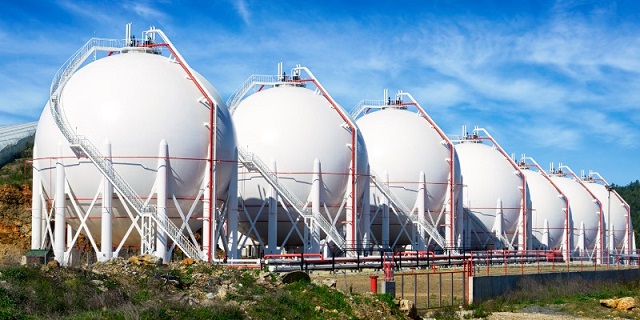
 Energy2 days ago
Energy2 days agoFederal government continues to reject golden opportunities to export LNG
-

 Bruce Dowbiggin2 days ago
Bruce Dowbiggin2 days agoWhy Do The Same Few Always Get The Best Sports Scoops?
-
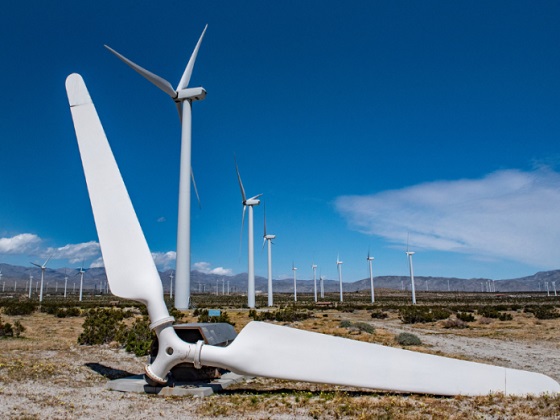
 Energy2 days ago
Energy2 days agoBuckle Up for Summer Blackouts: Wind Is Already Failing Texas in Spring
-

 Opinion1 day ago
Opinion1 day agoCanada’s fertility, marriage rates plummet to record lows: report
-
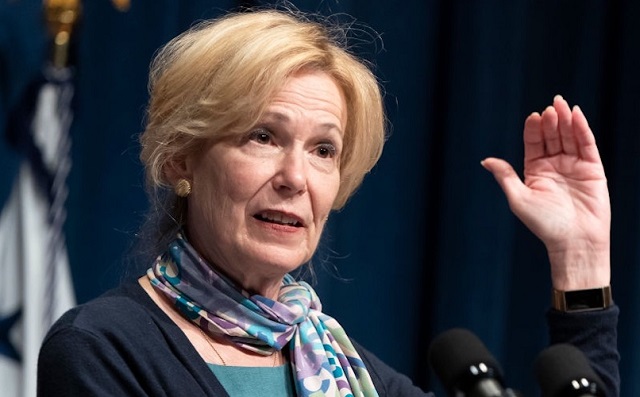
 COVID-192 days ago
COVID-192 days agoFormer COVID coordinator Deborah Birx now admits jabs could have injured ‘thousands’
-

 Alberta16 hours ago
Alberta16 hours agoRed Deer Hospital Lottery – Second Chance Early Bird Prize!!!

